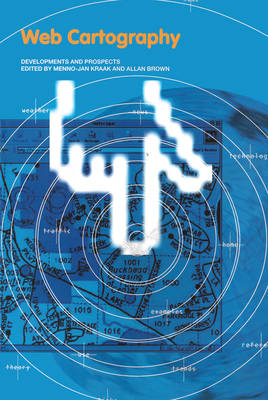
- Afhalen na 1 uur in een winkel met voorraad
- Gratis thuislevering in België vanaf € 30
- Ruim aanbod met 7 miljoen producten
- Afhalen na 1 uur in een winkel met voorraad
- Gratis thuislevering in België vanaf € 30
- Ruim aanbod met 7 miljoen producten
Zoeken
Omschrijving
Maps and atlases are created as soon as information on our geography has been clarified. They are used to find directions or to get insight into spatial relations. They are produced and used both on paper as well as on-screen. The Web is the new medium for spreading and using maps. This book explains the benefits of this medium from the perspective of the user, and the map provider. Opportunities and pitfalls are illustrated by a set of case-studies. A website accompanies the book and provides a dynamic environment for demonstrating many of the principles set out in the text, including access to a basic course in Internet cartography as well as links to other interesting places on the Web. Professor Kraak looks at basic questions such as "I have this data what can I do with it?" and discusses the various functions of maps on the web. Web Cartography also looks at the particularities of multidimensional web maps and addresses topics such as map contents (colour, text and symbols), map physics (size and resolution), and the map environment (interface design/site contents).
Specificaties
Betrokkenen
- Uitgeverij:
Inhoud
- Aantal bladzijden:
- 228
- Taal:
- Engels
- Reeks:
Eigenschappen
- Productcode (EAN):
- 9780748408696
- Verschijningsdatum:
- 21/09/2000
- Uitvoering:
- Paperback
- Formaat:
- Trade paperback (VS)
- Afmetingen:
- 156 mm x 234 mm
- Gewicht:
- 399 g

Alleen bij Standaard Boekhandel
+ 189 punten op je klantenkaart van Standaard Boekhandel
Beoordelingen
We publiceren alleen reviews die voldoen aan de voorwaarden voor reviews. Bekijk onze voorwaarden voor reviews.










